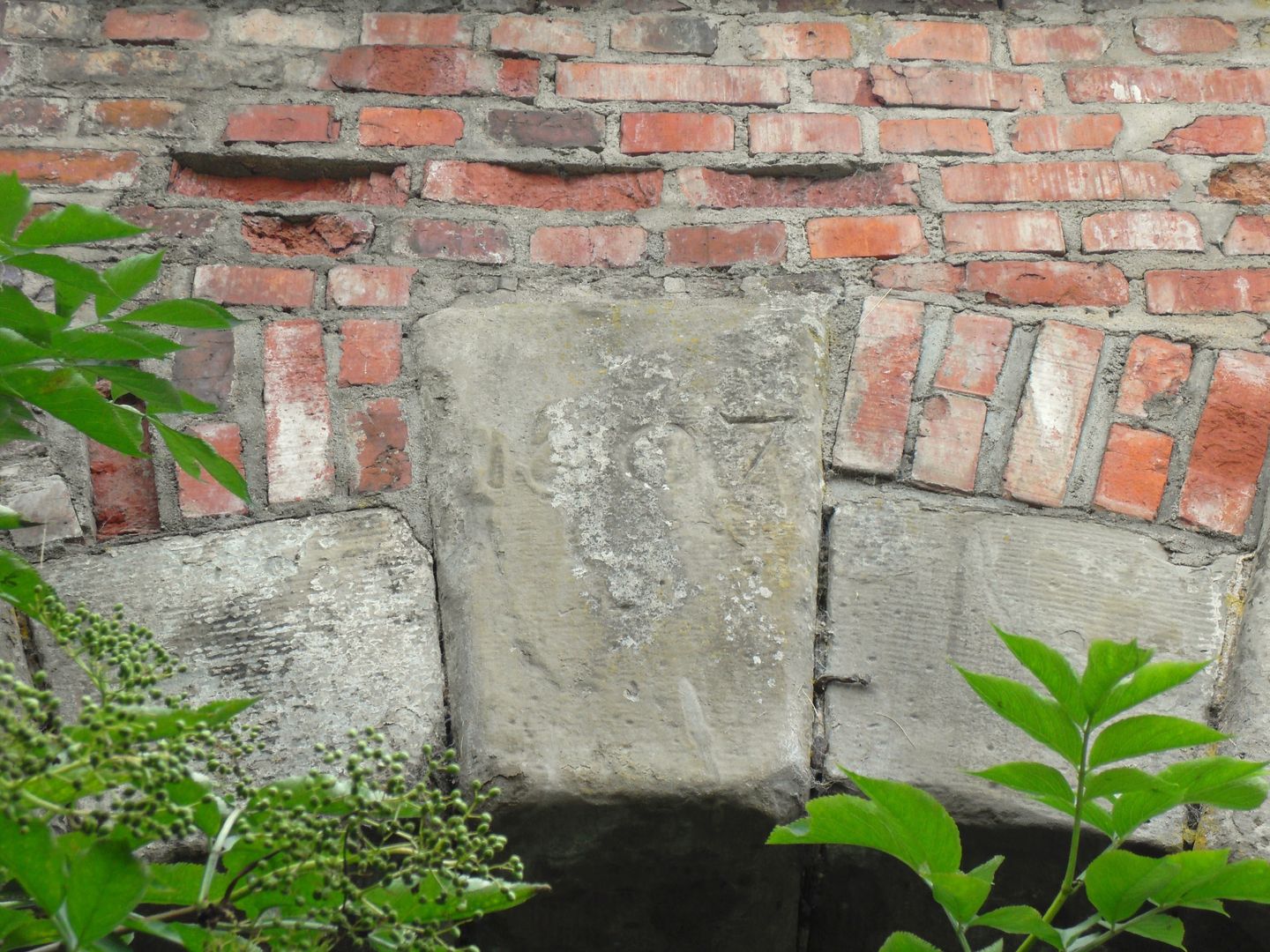St. Gertrude's Bastion
6.75

Overview
St. Gertrude's Bastion, also known as Bastion Gertrud, is a bastion of the neo-Italian type, constructed in Gdańsk between 1607 and 1638. It is the only one preserved in its original form from the western line of fortifications and one of the fourteen bastions that fortified the city in the 17th century. Located in the Old Suburb (Stare Przedmieście) near the Lower Town (Dolne Miasto), the bastion is part of a larger fortification system designed as a pentagonal earthen massif with extensive casemates used for storing gunpowder, ammunition, and artillery equipment. The outer structure of the bastion was surrounded by a double zigzag-shaped moat, part of which was later drained. The bastion is characterized by high cavaliers with flat terraces and spiral ramps, as well as essential observation and artillery positions.
After 1920, the bastion area began to function as a recreational space, aligning with the European trend of converting former fortifications into walking areas and parks. Defensive hedgerows, known as "głogi," have also been preserved. In 1967, the bastion was entered into the register of historical monuments, and after 2000, it underwent reclamation and revitalization, resulting in new sidewalks and bicycle paths, creating an urban recreational area along the Motława Canal (Opływ Motławy). Interestingly, the bastion's cellars, covering an area of 4,000 m², served as a warehouse for Unimor televisions until the late 1980s, and in 2014, they were designated as a conservation storage facility. St. Gertrude's Bastion not only preserves its military significance and historical character but also fits into the modern perspective on the use of urban spaces.
Location
2025 Wizytor | All Rights Reserved